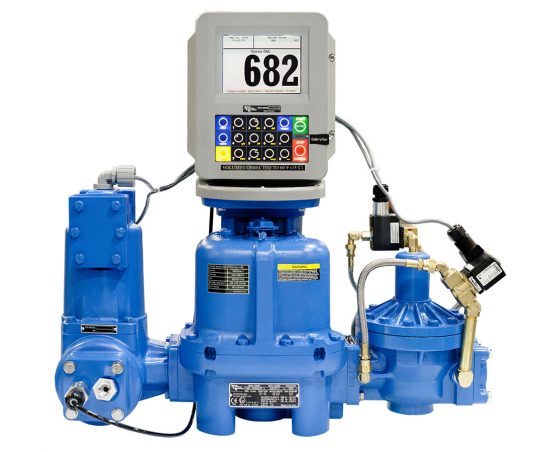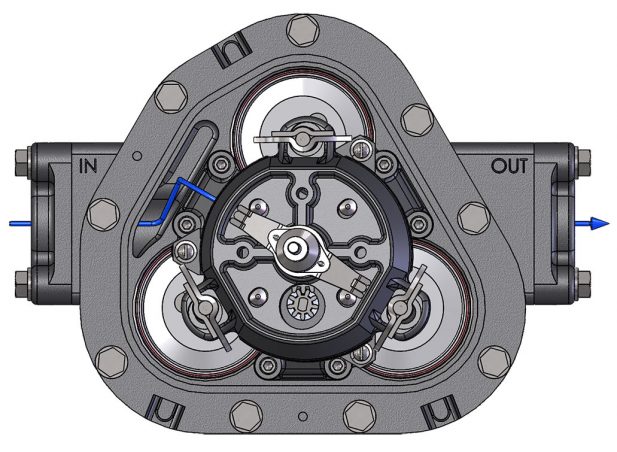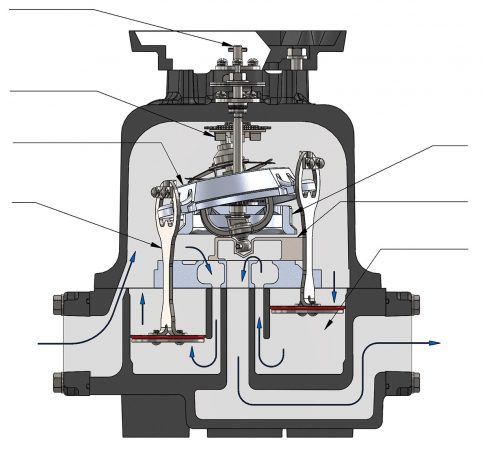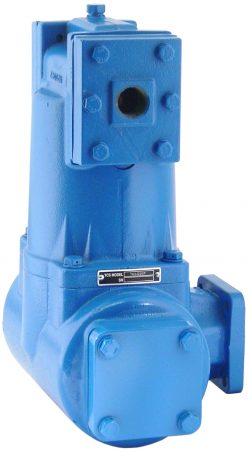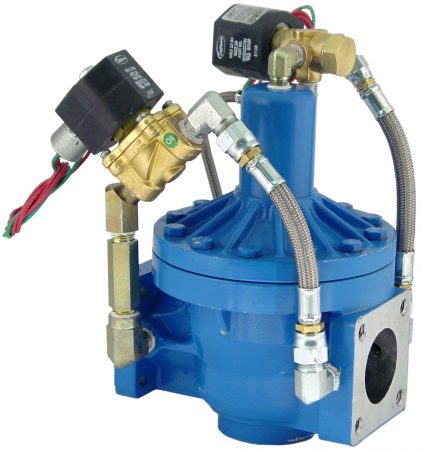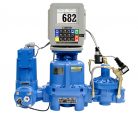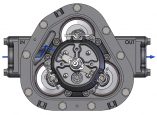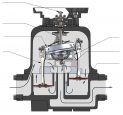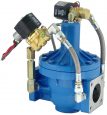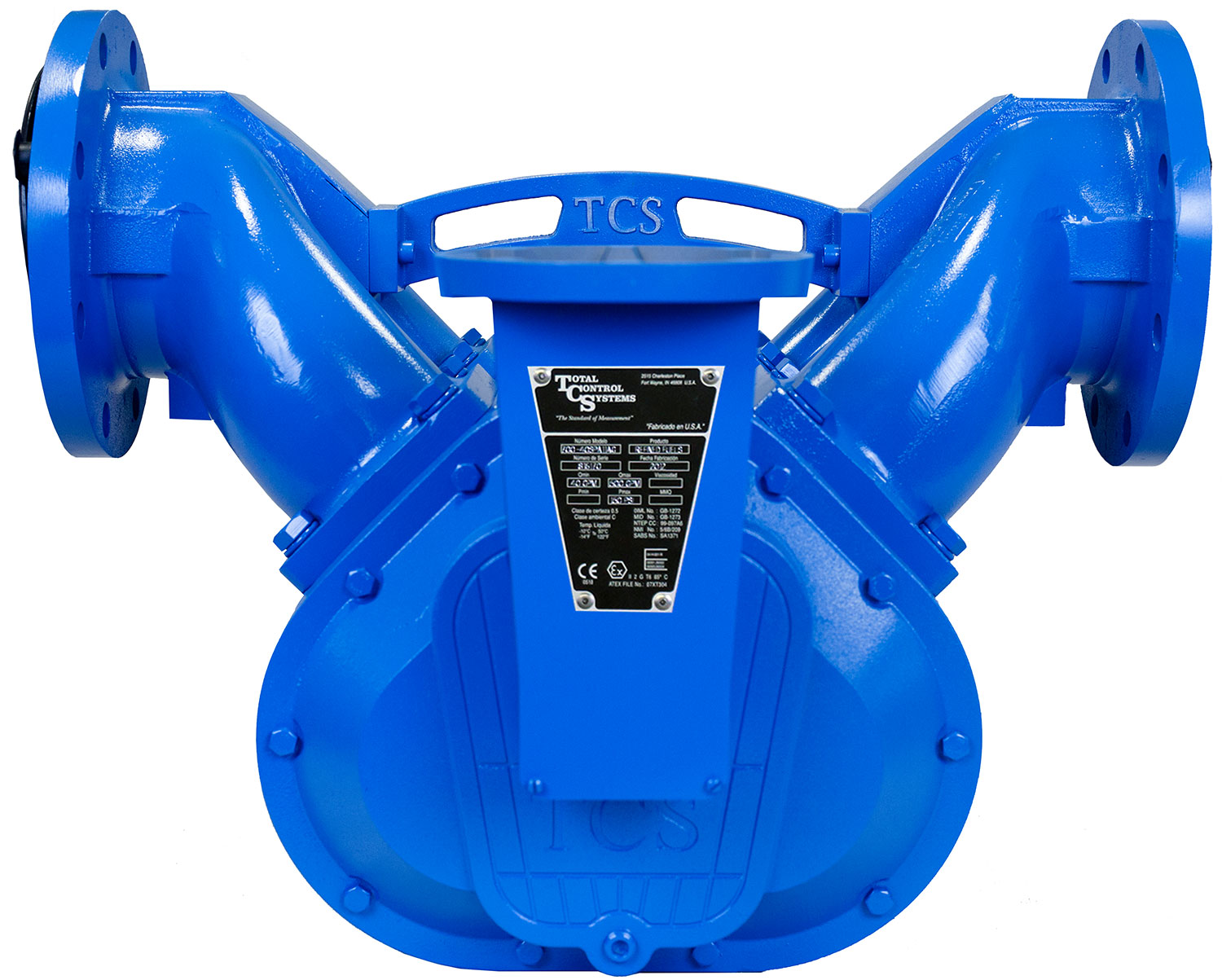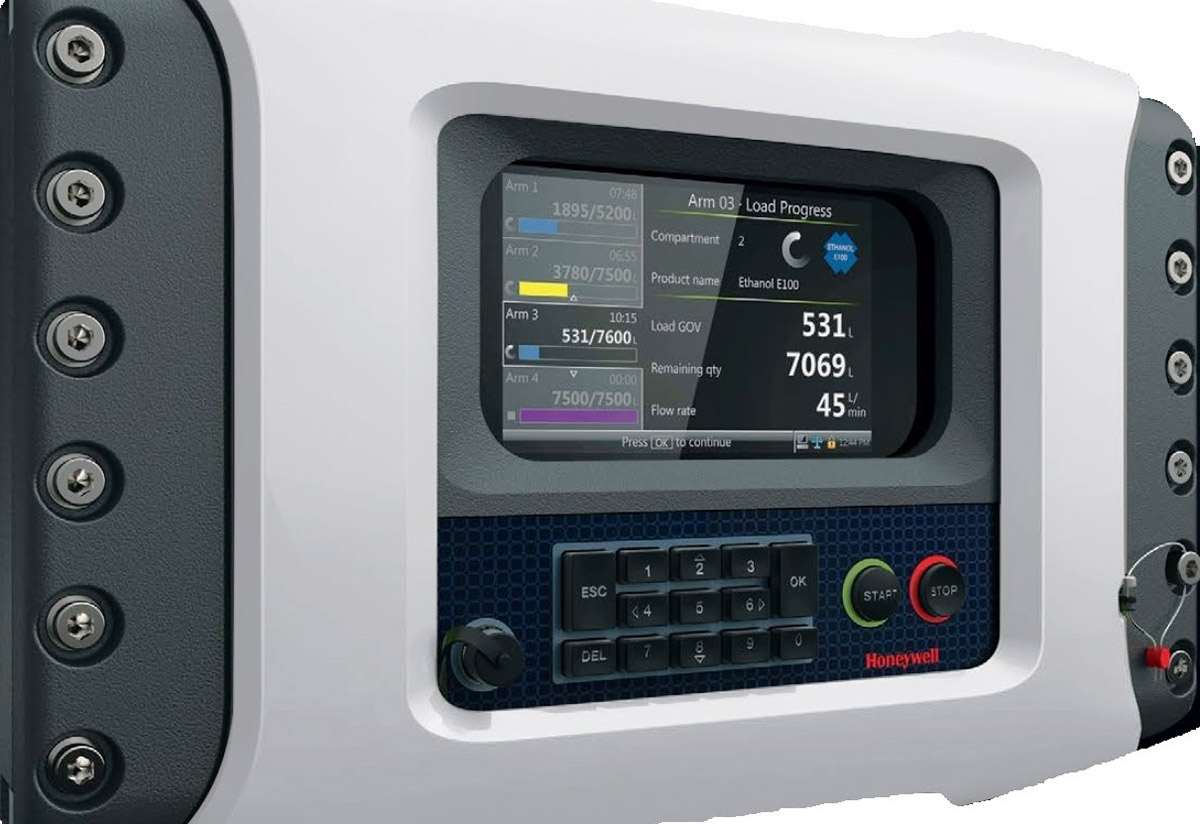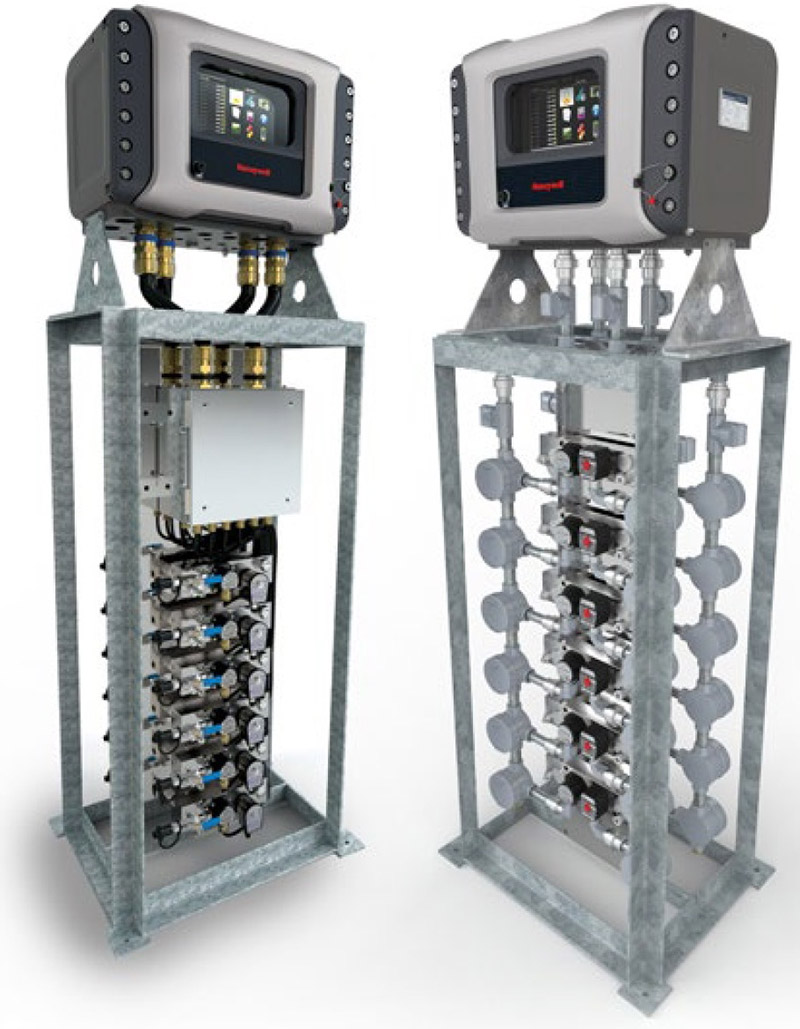TCS 682 reciprocating piston flow meter combines outstanding accuracy (0.1% of flow rate) with one of the widest turndown ratios in the industry (250:1).
The meter has a rugged industrial design that is tolerant of changing viscosities, temperatures, and liquids with suspensions and solids.
This proven design has over 80 years of unmatched performance and continues to provide the very best in flow measurement, backed by industry-leading10 YEAR warranty (5 year for LPG).
It is a true positive displacement meter that has a unique inline design consisting of three reciprocating pistons operating within their respective measuring chambers.
Each piston works in a manner similar to an automobile engine.
The pistons are fitted to a wobble plate, which has a shaft extending from its upper surface and a valve pivot attached beneath it.
The valve pivot drives a sliding valve from the piston to piston as a known amount of product flows through each cylindrical bore, controlling the sequence of events in a smooth mechanical motion.
This smooth mechanical motion is then transferred through the driveshaft to the register.





